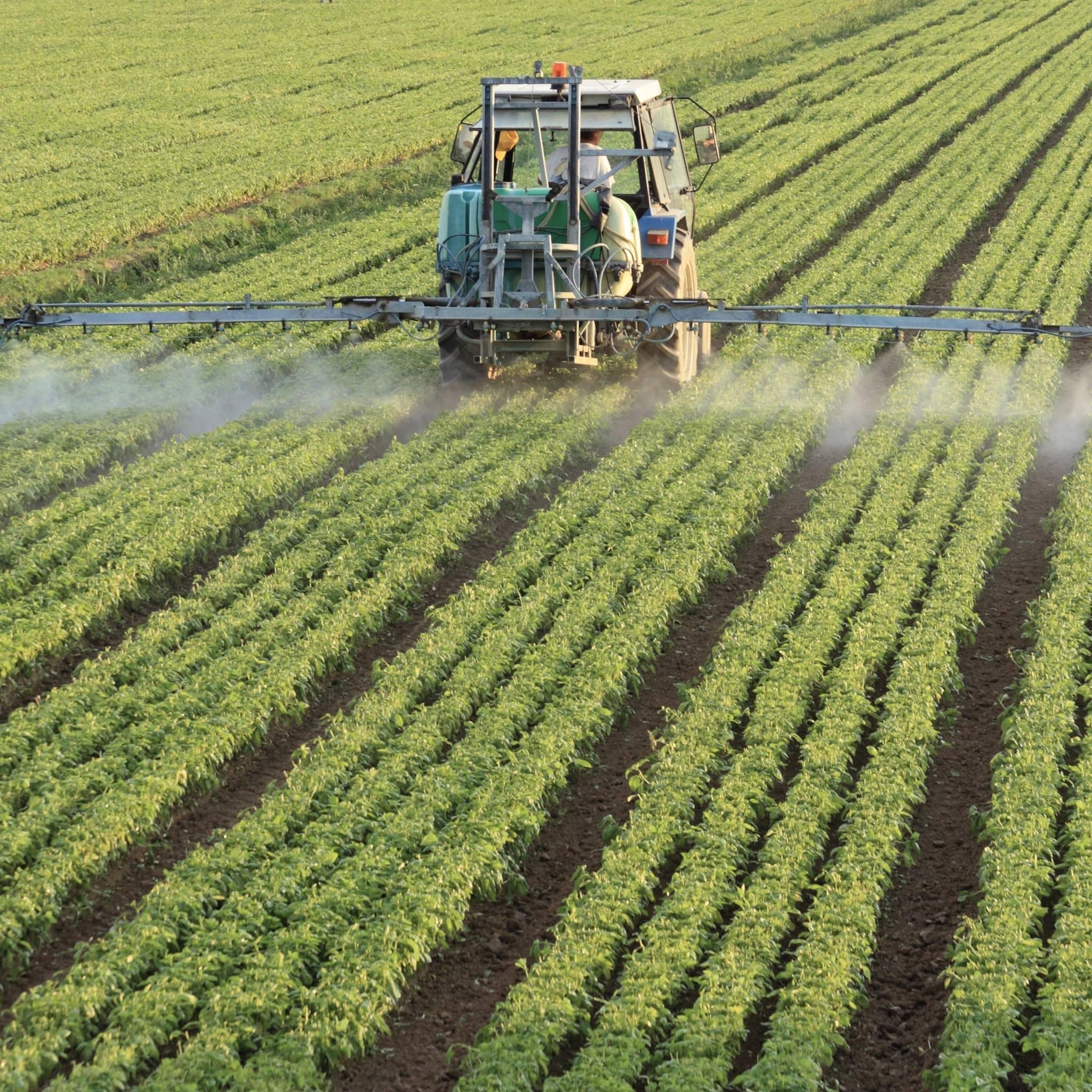Agricultural Textiles Market: Role of Biodegradable Materials in Shaping the Future of Agricultural Sustainability

The agricultural textiles market is witnessing a transformative shift towards sustainability, with biodegradable materials emerging as a key player in shaping the future of agricultural practices. As the global population continues to grow and environmental concerns rise, the need for sustainable farming solutions has never been more critical. Biodegradable agricultural textiles offer a promising alternative to traditional synthetic materials, helping to address pressing challenges in modern agriculture.
Understanding Biodegradable Materials
Biodegradable materials are designed to decompose naturally over time, breaking down into non-toxic components through microbial action. These materials can be derived from renewable resources, such as plant fibers, starches, and other organic substances, making them more environmentally friendly than conventional plastics. In the context of the agricultural textiles market, biodegradable textiles include mulch films, nets, and crop covers that can enhance agricultural productivity while reducing waste.
Advantages of Biodegradable Agricultural Textiles
-
Reduced Environmental Impact: Traditional agricultural textiles made from synthetic polymers contribute to significant environmental issues, including plastic pollution and soil degradation. Biodegradable materials, however, minimize these concerns by breaking down naturally in the soil. This decomposition enriches the soil without the need for removal, ultimately supporting healthy agricultural ecosystems.
-
Soil Health Improvement: The use of biodegradable mulch films can improve soil health by enhancing moisture retention and temperature regulation. As these materials decompose, they contribute organic matter to the soil, promoting nutrient cycling and supporting beneficial microbial activity. This leads to improved soil structure and fertility, essential for sustainable crop production.
-
Weed and Pest Management: Biodegradable agro textiles can effectively suppress weed growth and protect crops from pests without relying on chemical herbicides or pesticides. By blocking sunlight and providing a physical barrier, these textiles help maintain crop yields while promoting eco-friendly farming practices. This approach aligns with the increasing demand for organic and sustainable agricultural products.
-
Alignment with Regulatory Standards: As governments worldwide implement stricter regulations on plastic use and waste management, biodegradable materials present a compliant solution for farmers. Utilizing these eco-friendly alternatives allows agricultural producers to meet sustainability standards and benefit from potential subsidies and incentives for adopting green technologies.
Innovations Driving the Market
The agricultural textiles market is seeing significant innovation in the development of biodegradable materials. Researchers and manufacturers are focusing on improving the durability and functionality of these products to meet the demands of modern agriculture. Some notable innovations include:
-
Bio-Based Mulch Films: Made from materials like corn starch or sugarcane, these films provide excellent weed control and moisture retention while being fully compostable.
-
Natural Fiber Nets: Fabrics made from jute, hemp, and cotton offer effective crop protection and pest management while being biodegradable, thus promoting sustainable practices.
-
Compostable Crop Covers: These covers protect crops from harsh weather conditions while decomposing into organic matter after their useful life, reducing waste in agricultural settings.
Conclusion
The agricultural textiles market is on a path toward greater sustainability, with biodegradable materials playing a crucial role in this evolution. By providing effective solutions that minimize environmental impact, improve soil health, and align with regulatory standards, biodegradable agro textiles are set to shape the future of agriculture. As the industry continues to innovate and expand its offerings, the adoption of biodegradable materials will be essential in creating a more sustainable agricultural system that meets the needs of both farmers and the planet. Embracing these eco-friendly alternatives not only supports agricultural productivity but also fosters a healthier environment for future generations.
- Art
- Causes
- Crafts
- Dance
- Drinks
- Film
- Fitness
- Food
- Giochi
- Gardening
- Health
- Home
- Literature
- Music
- Networking
- Altre informazioni
- Party
- Religion
- Shopping
- Sports
- Theater
- Wellness


